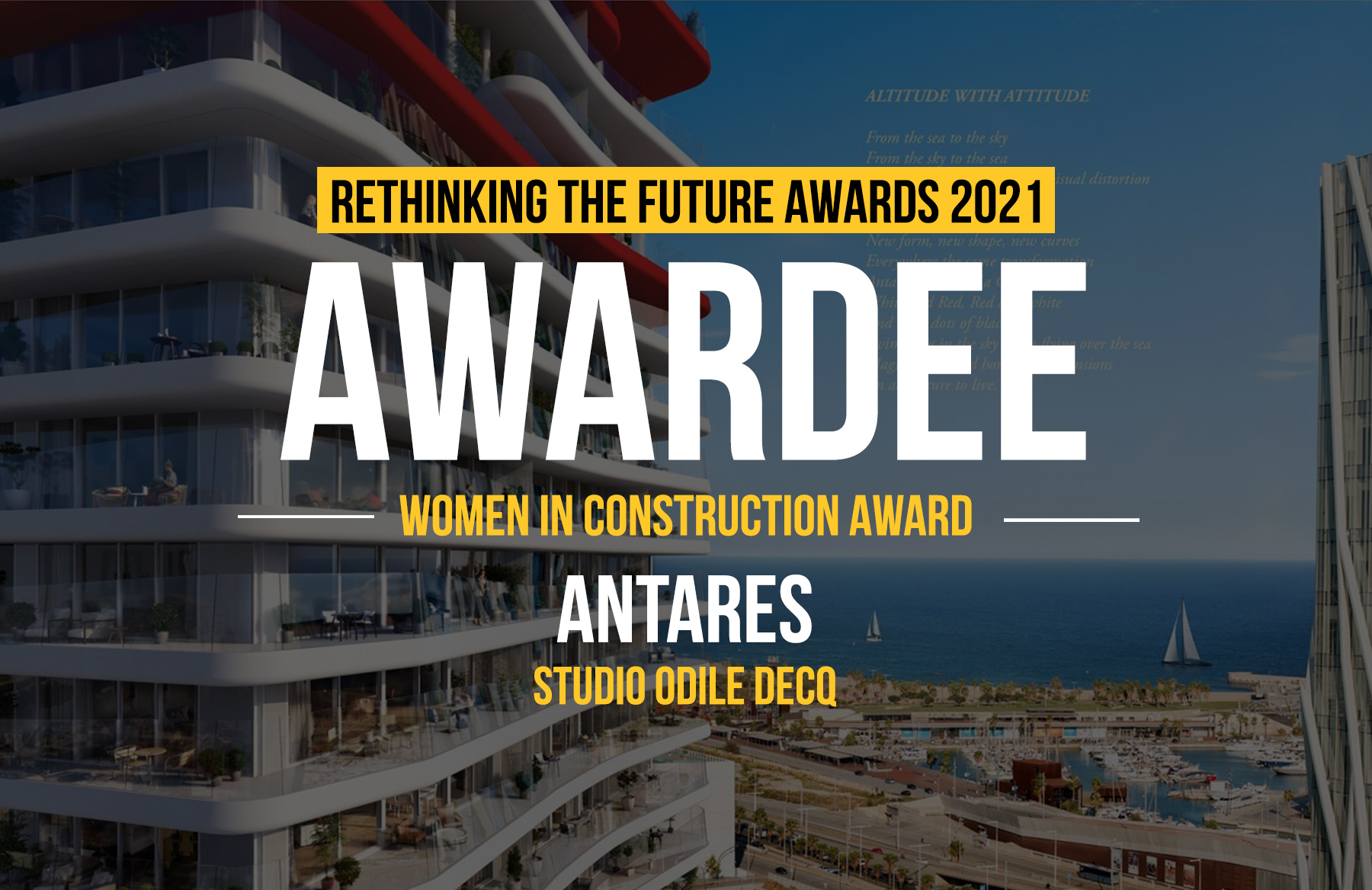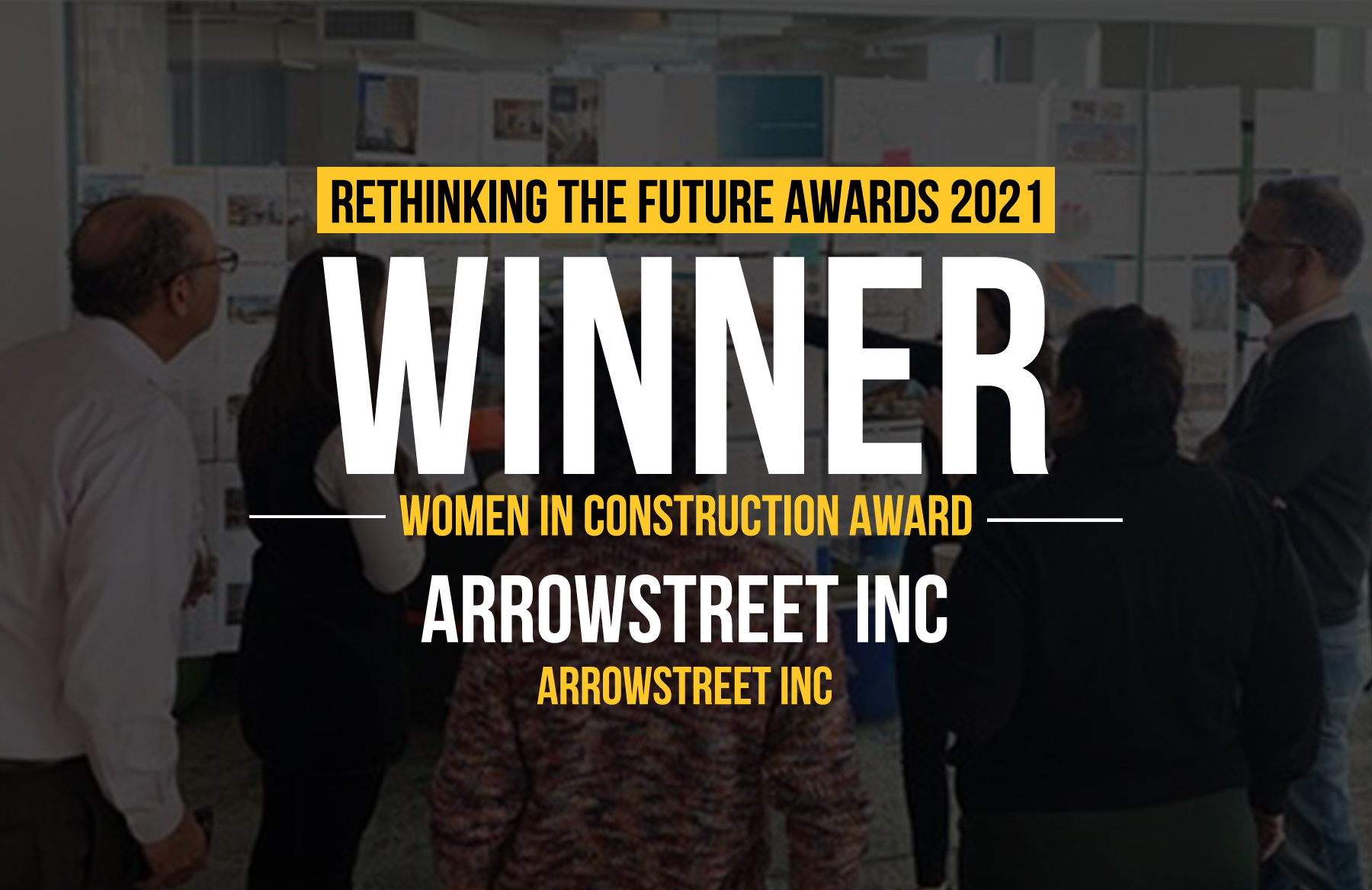Research Topic: Aggregation, orientation and training spaces realized in Rio de Janeiro made of unconventional materials.
Purpose: Combine synergistically present necessities, local potentials, cultural roots and abundant energy resources in the territory in a holistic intervention that materializes, alongside functionality and efficiency, the happiness and the well-being of the users.
Architect: Chiara Giuggioli
Country: Italy

Sustainability criteria in the research: The holistic approach to the project has determined the following choice: use of natural materials, exploitation of the present resources, the creation of spaces that guarantee the physical and psychological comfort of the users.

General and technical report of the project: Semente, spaces for aggregation, orientation and training realized in Rio de Janeiro made of unconventional materials.
Semente, a portuguese word meaning “seed”. It’s the name of an intervention born from the earth, from the place, which is the beginning of a new life. It’s a pilot project becoming the bringer of a broader renewal starting from that place.

We are in the island of Fundão in Rio de Janeiro , location of the campus. Here, in the most isolated corner, a group of people established in the 50’s, becoming later a community of 2,000 inhabitants , almost completely devoid of services. After an analysis carried out in the area, it emerged a strong need of an aggregation center able to stimulate young people to work, to culture and to overcome isolation.
The research on the ancient and present’s building techniques of Brazil , combined with the inspiring principles of sustainability and happiness , have led to address the intervention towards the use of natural materials, the manual construction techniques and the control of the optimal position of the building among wind and sun in order to eliminate air conditioning systems, to minimize the use of electric lighting and to rely on a system of water heating solar panels.

The main materials are bamboo (species: Guadua angustifolia kunt) , abundant, renewable and versatile resource present in Brazil and the earth in the form of adobe , which was the main building material of the first settlers and with excellent performances in relation to the maintenance of internal thermo hygrometric comfort.
Both materials are widely used in the construction industry in South America , while in Brazil only in rural areas. Hence, this project aims at spread the use of this materials in Brazil .
The manuals and norms that have primarily guided the structural dimensioning and the engineering property specifications are the Colombians and Peruvians.

In parallel to the structural assessment, audits of the indoor environmental comfort were carried out in relation to natural ventilation and to performance of adobe walls .
From the above-mentioned, it emerges that the only passive systems , provide comfort for most of the year . The Result is extremely satisfactory for these latitudes, whereas the low environmental impact of the materials used and the energy balance of the building.
In
Public Building
Bioclimatics Spaces Of Aggretion And Formation In Rio De janeiro Made Of Bamboo & Earth | Building Engineer-Architect
3 Mins Read
Prev Post
The Culture Landscape after Tomorrow | MIARC
3 Mins Read
Next Post
New Facade of Venice | Bumjin Kim
3 Mins Read




